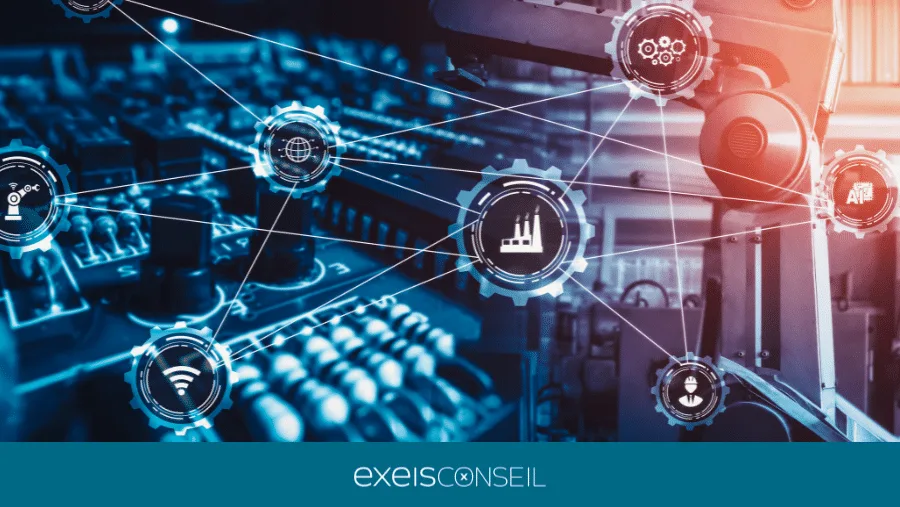In an increasingly connected world, the arrival of Industry 4.0 transforms operational systems into intelligent and interconnected entities. This interconnection, while optimizing efficiency through automation and data analysis, also exposes operational systems to cyber threats. Attackers exploit these new vectors created by the convergence of information technology and the Internet of Things. Strengthening the security of these systems thus becomes imperative, not only to preserve operational continuity but also to protect sensitive company data from potential incursions.
As global cybercrime reaches new heights, threatening to cost up to 10.5 trillion dollars annually by 2025, the cybersecurity of operational technology (OT) systems becomes crucial. With the emergence of Industry 4.0, intelligent technologies transform data and automation into major assets, but they also introduce new vulnerabilities. Attacks, such as the Colonial Pipeline incident, illustrate the fragility of interconnected infrastructures and the importance of robust protection.
Many businesses underestimate the vulnerabilities of their internet-connected systems, often lacking adequate protections like secure passwords. Malicious actors employ advanced techniques, such as leveraging artificial intelligence to orchestrate phishing attacks. However, by adopting better practices such as network isolation for OT and IT and conducting regular security audits, organizations can effectively safeguard against cyber threats.

Table des matières
Togglethe challenges of integrating OT and IT systems
In the era of Industry 4.0, operational technology (OT) systems are no longer isolated. The digitization of infrastructures allows connections between OT and IT systems, leading to more entry points for attacks. The combination of these technologies gives rise to new cybersecurity challenges, necessitating a continuous and multidimensional approach.
strategies to secure critical infrastructures
To enhance the cybersecurity of OT systems, it is crucial to adopt rigorous segmentation between OT and IT networks. Real-time monitoring of these segments is essential to ensure the effectiveness of security measures in place. Additionally, maintaining frequent security audits allows for the proactive identification and addressing of potential vulnerabilities.
Employee education remains a key pillar in preventing attacks. Training in recognizing and responding to threats, along with establishing clear incident response protocols, constitutes an effective line of defense. By regularly informing staff about new waves of phishing techniques or other tactics devised by cybercriminals, the organization can significantly reduce its exposure to risks.
the importance of transparency and innovation in cybersecurity
Transparency becomes essential in light of new regulations, such as the Cybersecurity Disclosure Rule in the United States, which requires businesses to disclose any security incident. This obligation encourages companies to enhance their cybersecurity practices and foster a culture of innovation. Drawing inspiration from technological advancements while staying a step ahead of the evolving tactics of cybercriminals can transform cybersecurity into a competitive advantage for sustainable growth.


